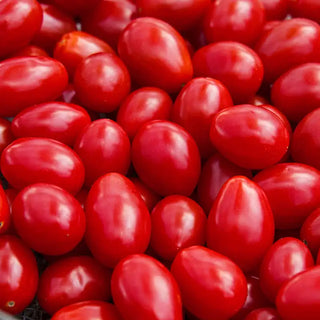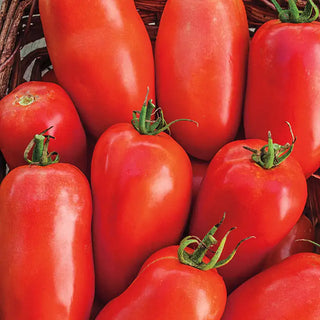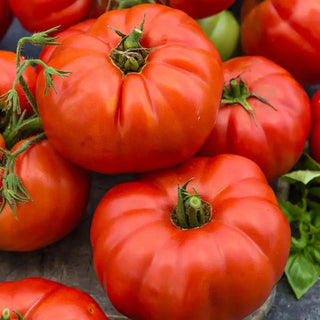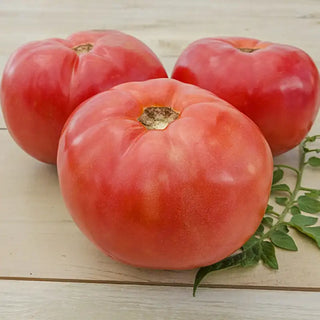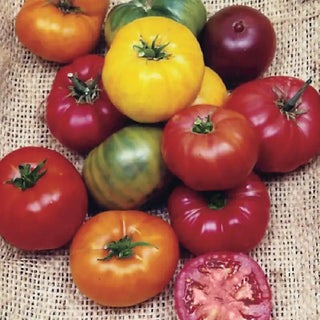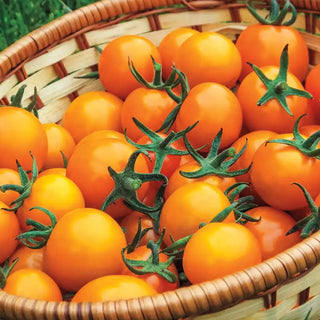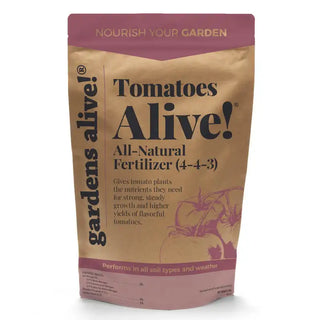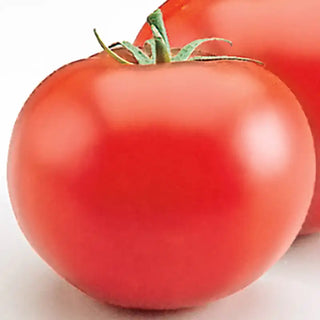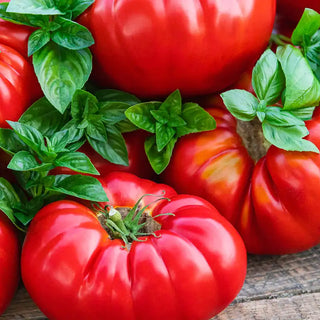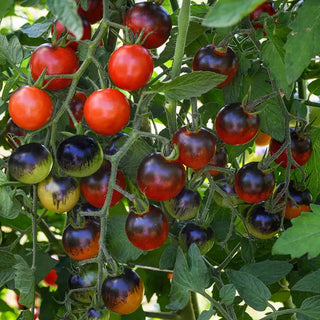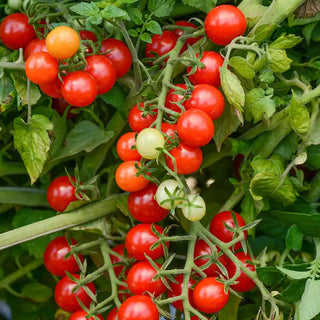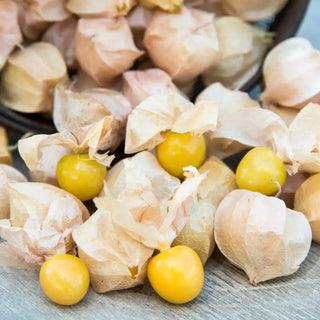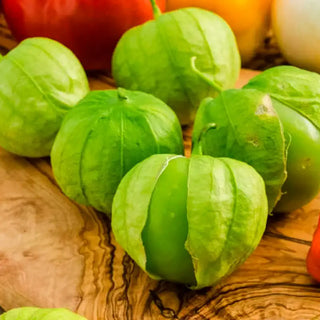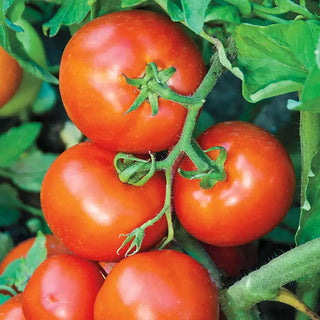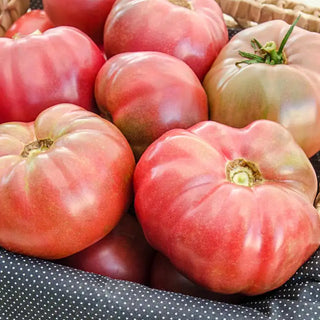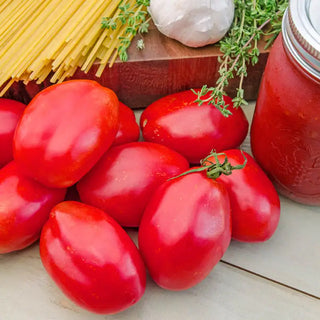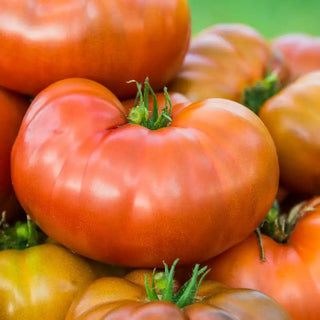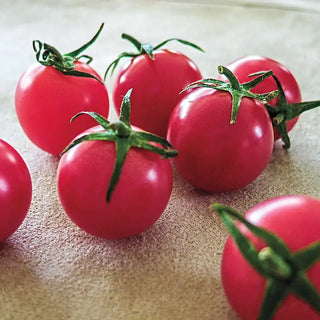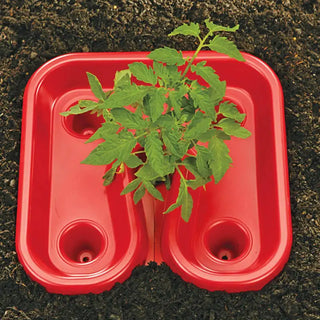One of the most popular vegetables to grow, tomatoes can be grown in the garden, on raised garden beds, or in containers. Each year, Gurney's grows dozens of tomato seed varieties, like grape tomatoes, in its trial gardens and selects the best in garden performance, disease resistance, yields, and flavor. Gurney's has this garden essential covered with both tomato seeds and tomato plants available!
Tomato Seeds and Plants from Gurney's
Gurney's has been supplying home gardeners with top-quality seeds and plants for over 150 years. Every year, we grow dozens of tomato varieties in our trial gardens and select the best for home gardeners. Our tomato seeds for sale represent the best in flavor, yields, disease resistance and garden performance.
Choosing the Right Tomatoes
When buying tomatoes, you have lots of choices. Start with considering your space. Tomatoes can be grown in the garden, raised beds and containers. If growing tomato plants in a container, choose a compact variety. Next consider what types of tomatoes you'd like to grow and eat. Cherry and grape tomatoes are favorites for snacking and salads. If making sauce or canning, then paste tomatoes are preferred. If you want tomatoes for slicing and sandwiches, consider beefsteak and slicing tomatoes. All of these types of tomatoes are available in colors ranging from yellow to red to purple-black to many shades in between. Different tomato varieties also have different flavors and textures. Other considerations when buying tomatoes are garden performance and disease resistance. Many hybrid tomatoes have some disease resistance. Finally consider whether to buy tomatoes seeds or tomato plants.
Getting Started With Tomato Seeds
Tomatoes are a warm season crop. Because of this, gardeners in many areas of the country start tomato seeds indoors about six weeks before the last spring frost date. Here are some more tips for growing a bountiful crop of sun-ripened tomatoes.
When to Transplant Tomato Seedlings
If starting tomato seeds indoors, making sure you harden off the plants, or gradually expose them to the outdoors, before transplanting tomato seedlings to the garden. Wait to transplant outdoors until all danger of spring frost has passed.
When to Plant Tomatoes
Tomato plants don't care for cold weather, so wait until late in the spring, after the danger of spring frost has passed, to plant them.
Where to Plant Tomatoes
Tomato plants need plenty of sun--at least 6-8 hours of direct sunlight daily. They also need good air circulation. Select a place in the garden that receives full sun and has well-drained soil. Avoid planting tomatoes in the same spot year after year, as this can make them more susceptible to disease. Space plants 2-3 ft. apart and in rows 4-5 ft. apart. If growing tomatoes in containers, select a place that receives at least 6-8 hours of direct sun daily.
How to Trim Tomato Plants
Pruning promotes healthy fruit production and increases the airflow between plants. It can also help prevent disease. To trim your tomato plant, start by pinching off suckers and small shoots as they emerge. Also prune the stems closest to the ground.
How Long Does it Take Tomatoes to Grow?
Tomatoes have a long growing season, and can take 60-100 days to reach maturity, depending on the variety. Because of this, many gardeners start tomato seeds indoors and transplant them to the garden. Gardeners in northern areas often choose tomato varieties that mature more quickly.
Read More:

